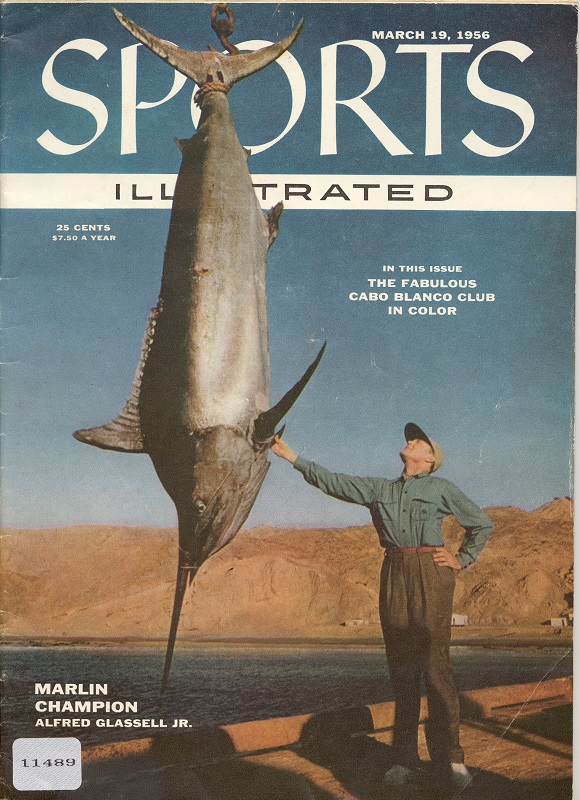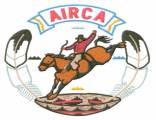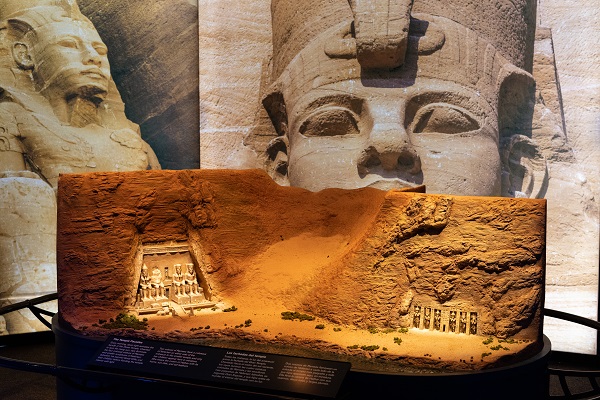Editor’s Note: Today’s blog post comes to us from Chiddingstone Castle curator Maria Esain. Chiddingstone, located in Edenbridge, Kent in the United Kingdom, loaned significant artifacts to HMNS’ Hall of Ancient Egypt.
Many visitors to Chiddingstone ask me the same question: what is your favorite object? I find it the most difficult question to answer, and I can’t choose just one. I tend to like objects that bring plenty of historical information about the people behind them. Particularly in the case of archaeological objects, such as the Ancient Egyptian ones on loan to HMNS.
The selection below is a good example of this. I believe each artifact is an incredible source of information; some with the bonus of being breathtakingly beautiful.
Ibis figure in alabaster and bronze. Late Period 661-332 BC
The Ibis was a sacred animal in Ancient Egypt, associated with the god Thoth, who was responsible for writing, mathematics and time. I find it quite impressive that more than 3,000 years ago the Egyptians were such a developed society. They became aware of the importance of recording things and developed hieroglyphics. Other objects demonstrate that their knowledge of mathematics was also incredibly developed.
Monkey khol pot in basalt. Middle Kingdom, ca 2,000BC – 1,750BC
Another characteristic about Ancient Egyptians that astonishes me is how conscious they were about their personal grooming. This is visible in the many different shaped kohl containers in our collection. Both men and women wore eye make-up for several reasons, including to protect their eyes from the sun’s glare. Wearing make-up also had magical purposes. Animal-shaped containers are recurrent, the most common animals featured being monkeys.
Painted pottery vessel. Predynastic Period, ca 4,500BC – 3,000BC
This vessel is full of information. As all pre-dynastic objects, it is an invitation to reflect on the length of the Ancient Egyptian civilization. I always explain to our visitors standing in front of our timeline of Ancient Egypt that Cleopatra was as unfamiliar with the Great Pyramids as we are with her.
Shabti of Tamit. Painted wood. New Kingdom. 1550-1086 BC
The work on this figure is so delicate and intricate, even the eyebrows are carved. This object became very mouldy back in 2008 when the castle had to close for two years, and the Egyptian collection was left with no environmental control. Luckily it was conserved and brought back to all its splendor. Shabtis were funerary figures placed by hundreds inside tombs so that they could undertake agricultural works on behalf of the dead.
Visit our permanent Hall of Ancient Egypt and pick your own favorite artifacts!











